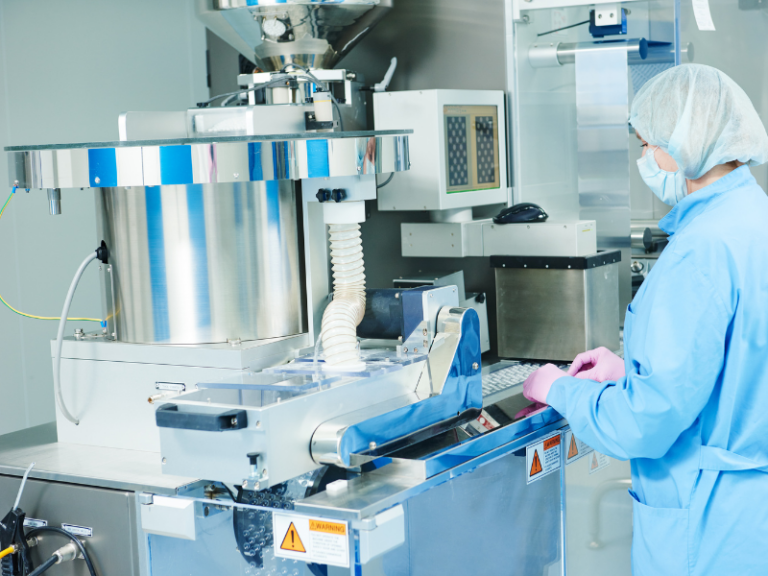
In this blog, we’ll dive into why medical device packaging design is a key element of product safety and compliance. We’ll explore how packaging impacts everything from durability to sterilization, and how working with a contract manufacturer in the USA can streamline the entire process, making sure your device gets to market quickly and safely.
Table of Contents
Key Considerations in Medical Device Packaging Design
Additionally, durability is key. The packaging must be designed to protect the medical device from damage during transport and storage, making sure that the product arrives in perfect condition. Moreover, ease of use is important for healthcare professionals. The packaging must allow quick access to the device without causing unnecessary delays during critical medical procedures.
Importance of Packaging Design in Regulatory Approval
The design of medical device packaging is integral to securing regulatory approval. It must comply with FDA standards to protect the product and meet health and safety guidelines.
Key considerations include:

- Sterility Maintenance: Packaging must keep the device sterile and free from contamination.
- Durability: It must be strong enough to withstand transportation and storage conditions without compromising the product.
- Labeling Requirements: Must include proper instructions, warnings, and tamper-evidence seals.
- Material Compliance: Use FDA-compliant materials and meet ISO standards for quality and safety.
- Ease of Use: Packaging should allow healthcare professionals to access the device quickly and safely.
How Packaging Design Integrates with Product Design and Assembly
The success of medical device packaging design is directly linked to the design and assembly of the product itself. Both elements must work together to meet industry regulations and maintain usability in real-world healthcare settings.
Here’s how packaging design integrates with product development and assembly:
- Seamless Fit: Packaging must accommodate the device’s dimensions and protect it from damage, maintaining the integrity of the product during transportation and storage.
- Sterilization Compatibility: The packaging materials need to align with sterilization processes used during the manufacturing and assembly phases, making sure the device stays sterile until it is ready for use.
- Ease of Handling: Packaging should allow healthcare professionals to access the device quickly and efficiently, minimizing the time needed to open and prepare the device for use.
- Regulatory Compliance: Both the device and its packaging must meet FDA and ISO standards, requiring close collaboration between contract medical device manufacturers and packaging designers.
Benefits of Professional Packaging Design Services
- Regulatory Knowledge: By partnering with professional packaging designers well-versed in the stringent requirements of FDA registered medical device manufacturing supports both compliance and quality. They make sure that packaging meets all necessary regulatory standards, reducing the risk of delays during the approval process.
- Cost-Efficiency: With expert guidance from an iso-certified manufacturer, companies can develop packaging that not only protects the product but also minimizes material costs. This approach helps balance compliance needs with budget constraints, maintaining cost-effective solutions without compromising quality.
- Tailored Solutions: Every medical device has unique packaging needs. Professional packaging designers offer customized solutions that are aligned with your device’s specific requirements, from the materials used to the packaging’s functionality in healthcare settings.
- Improved Usability: Packaging designed with healthcare professionals in mind makes sure that devices can be accessed quickly and efficiently. This focus on ease of use enhances patient care and improves the overall experience in fast-paced environments like hospitals and clinics.

The Role of Validation in Medical Device Packaging Design
Validation is a critical step in the medical device packaging design process, as it verifies that the packaging will perform as expected under real-world conditions. This stage involves rigorous testing to confirm that the packaging can withstand environmental factors like temperature, humidity, and transportation stress without compromising the safety and integrity of the medical device inside.
Key validation elements include:
- Sterility Testing: Making sure the packaging maintains the sterility of the medical device until it reaches the healthcare provider, preventing contamination that could endanger patient safety.
- Transportation Testing: Simulates the shipping and handling conditions the product will encounter to confirm that the packaging effectively protects the device during transit.
- Environmental Testing: Verifying that the packaging can endure various environmental stresses, such as temperature changes and moisture, without degrading in quality or performance.

The Value of Expert Medical Device Packaging Design
The success of your medical device hinges on more than just its functionality-packaging plays a pivotal role in maintaining product safety, meeting regulatory standards, and enhancing user experience. With professional medical device packaging design, you can protect your product from potential hazards during transportation, storage, and use while also satisfying stringent FDA and ISO regulations.
